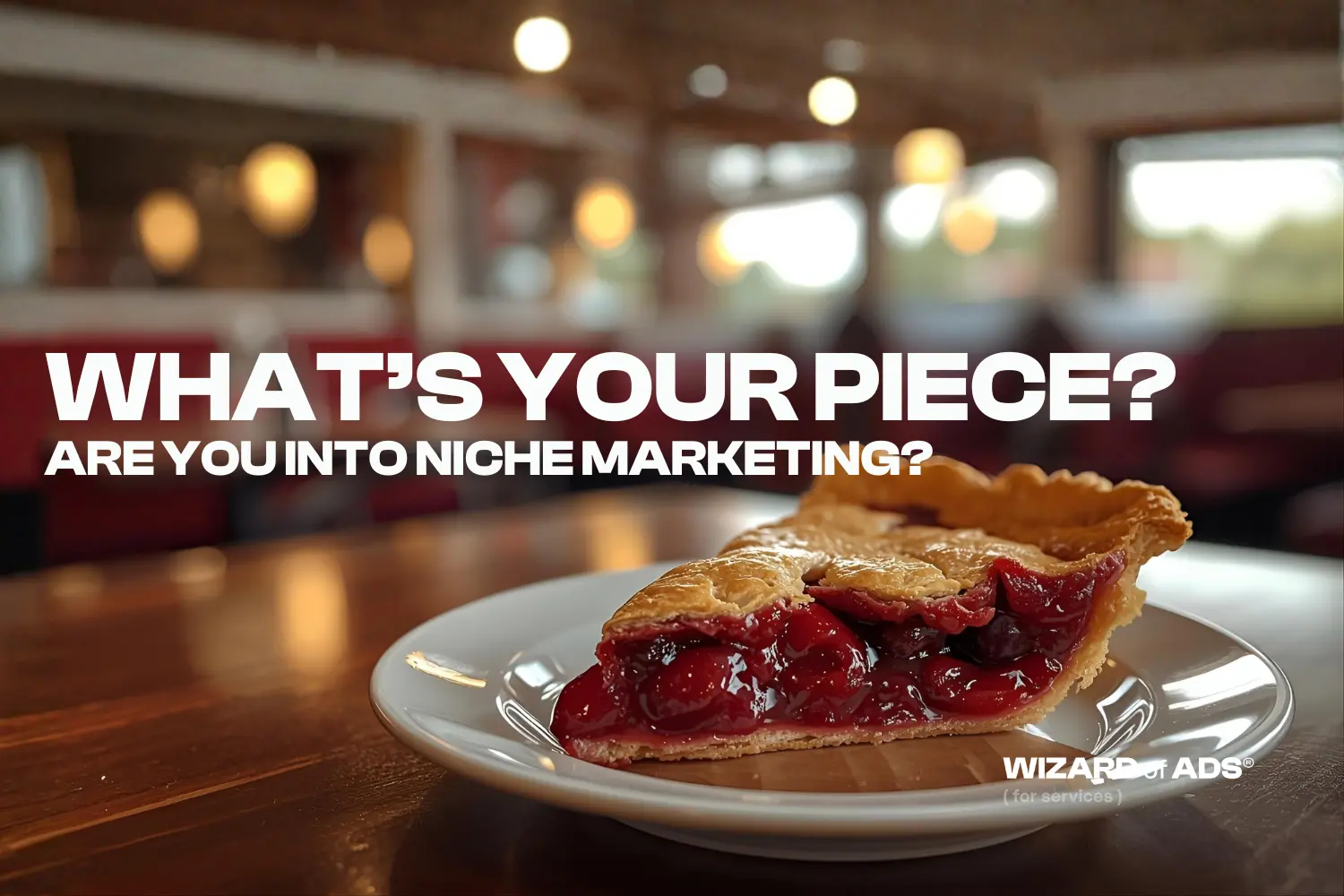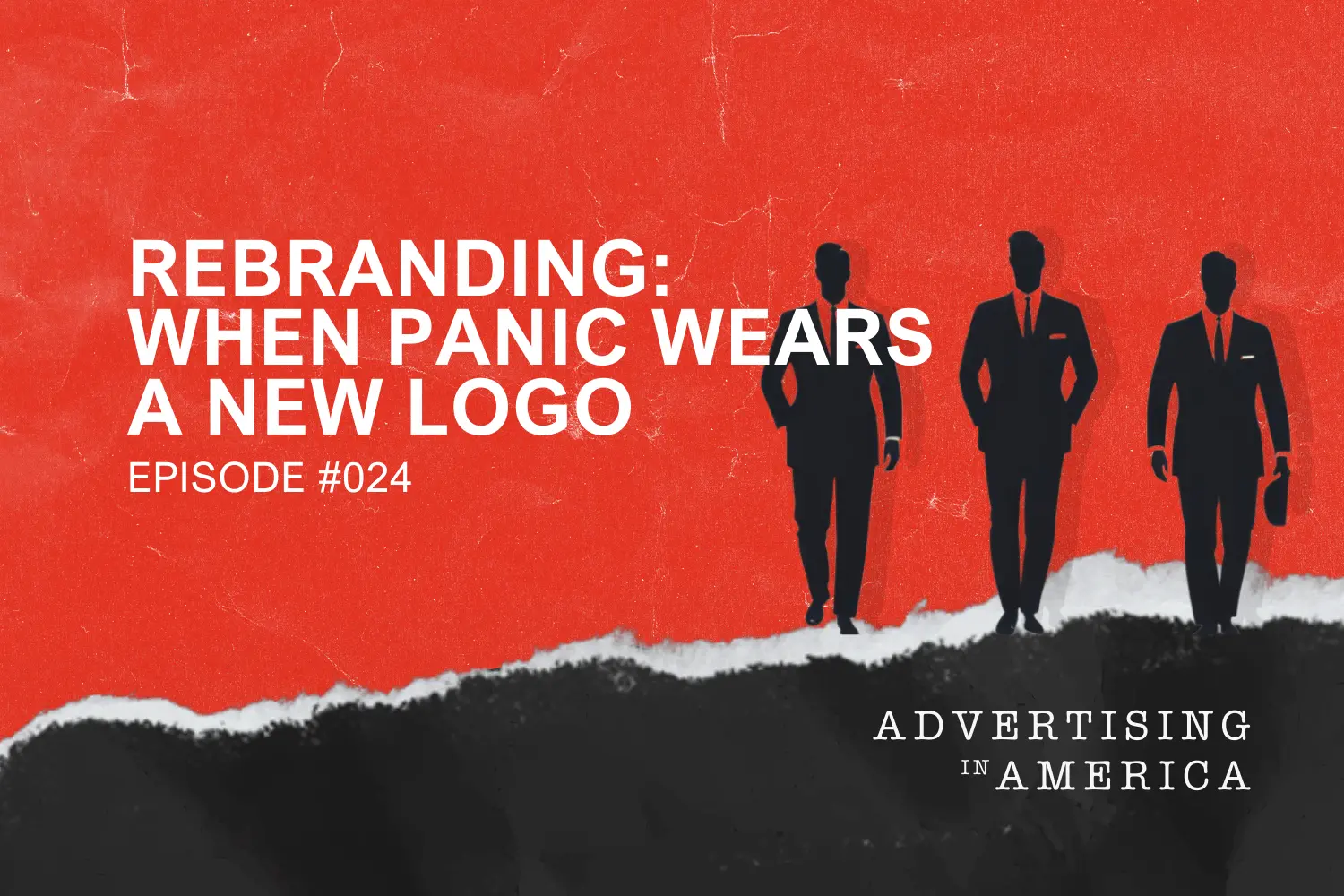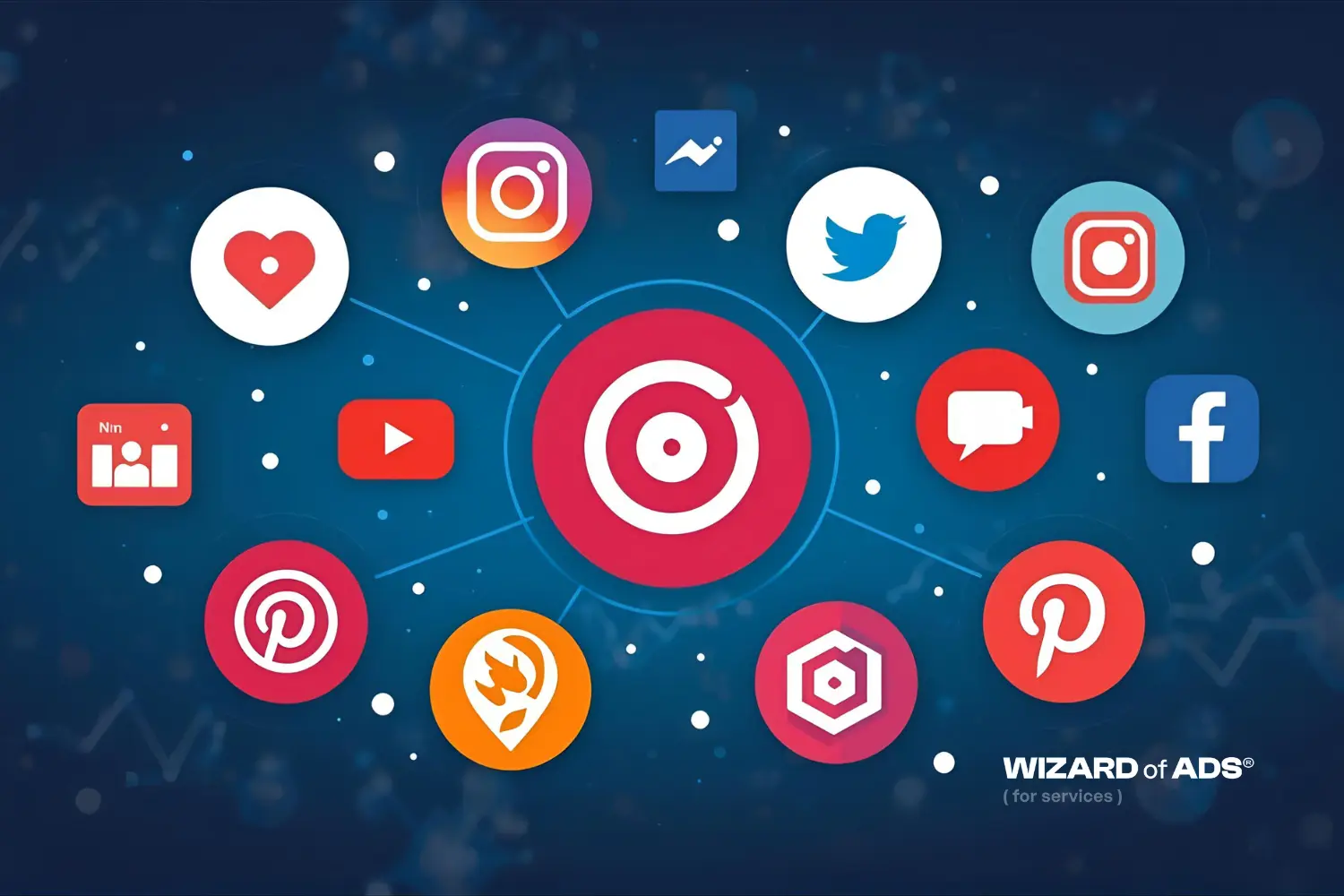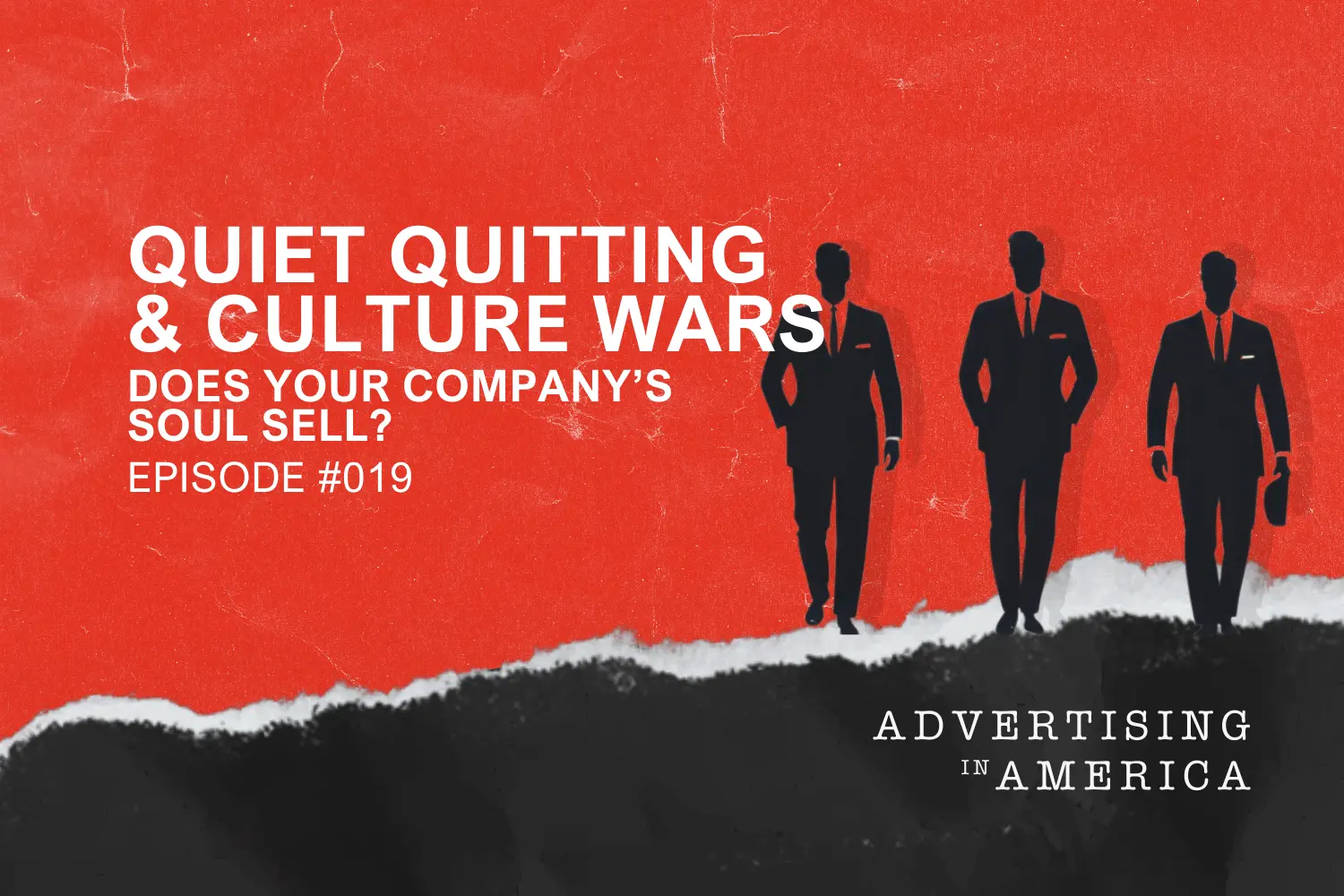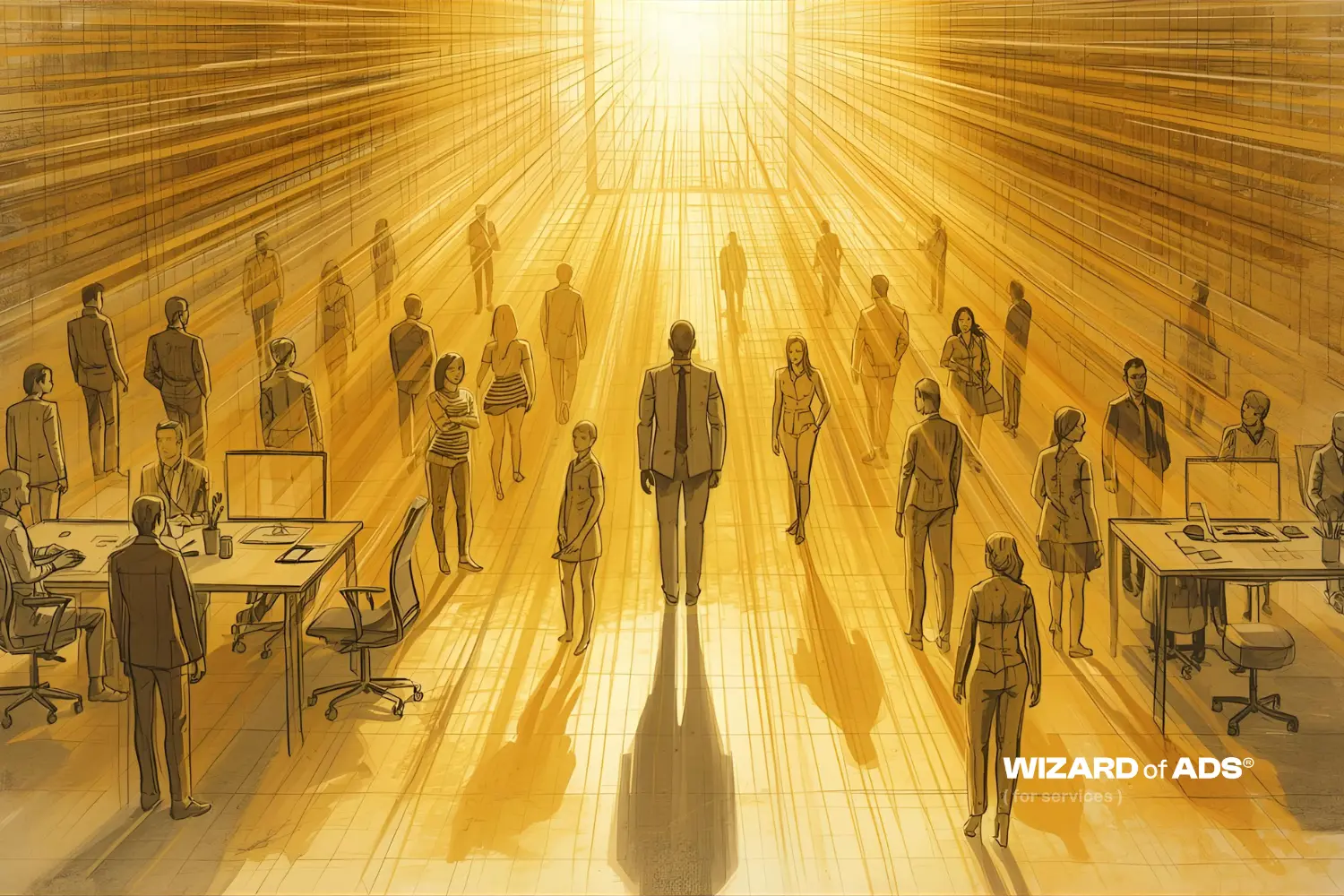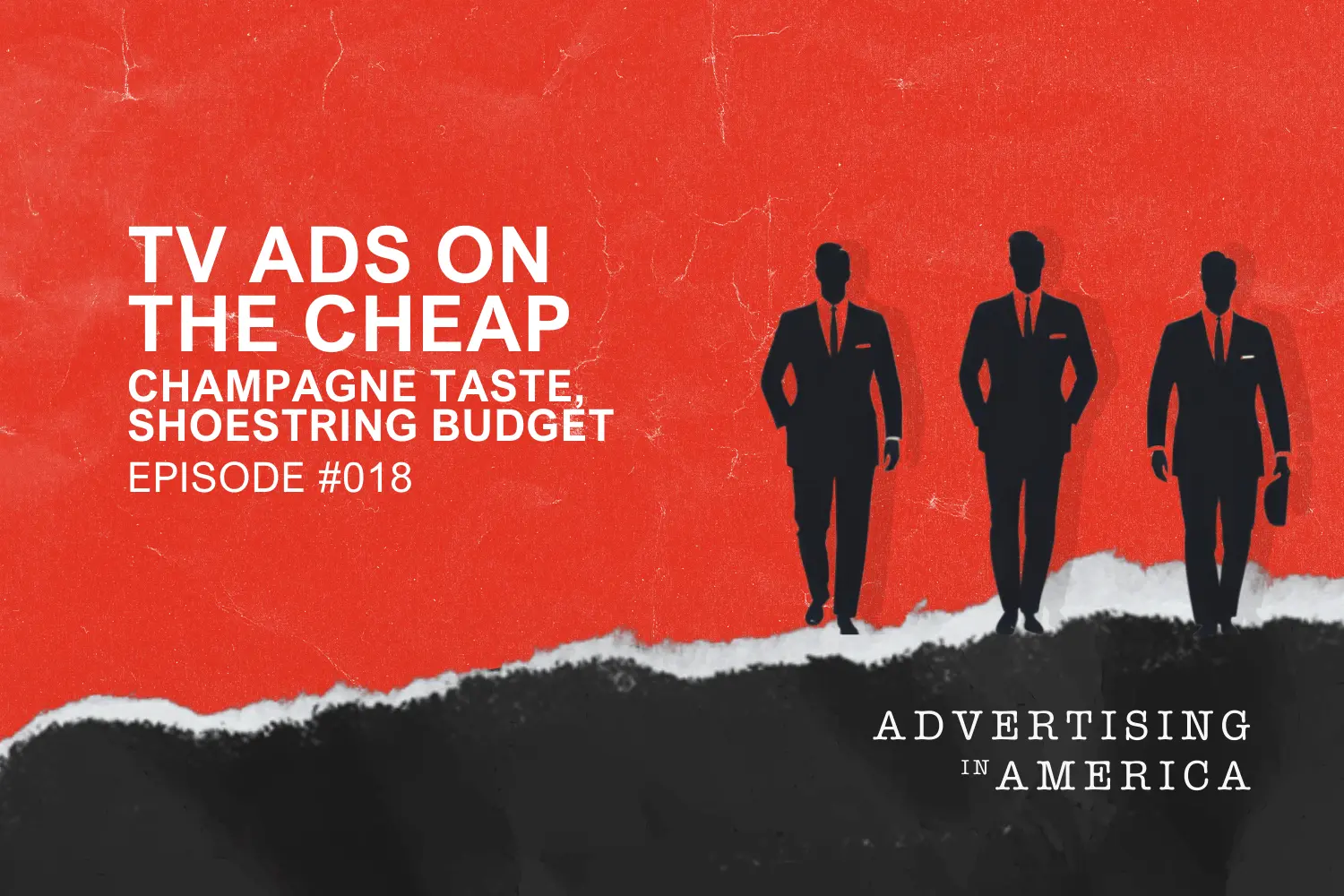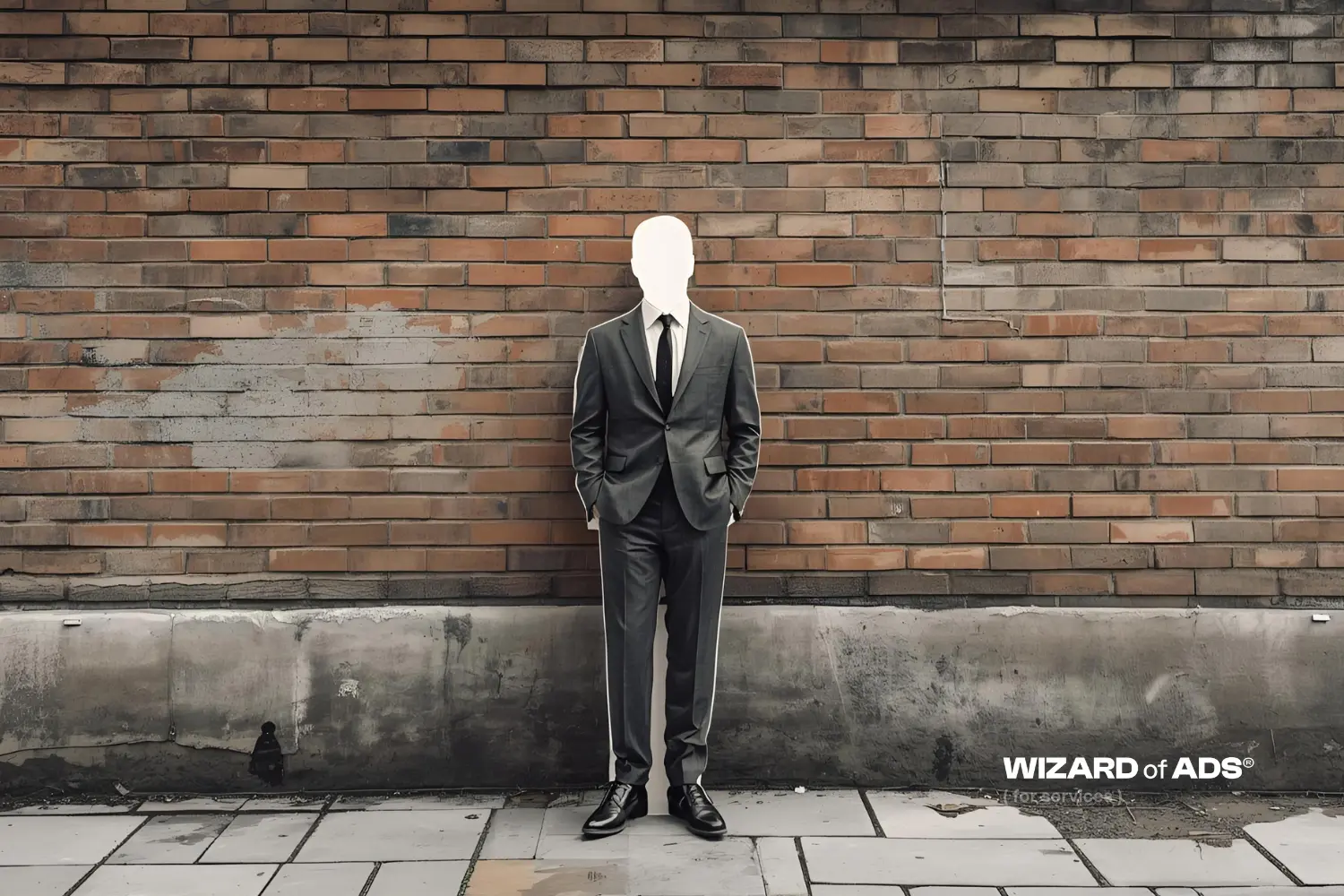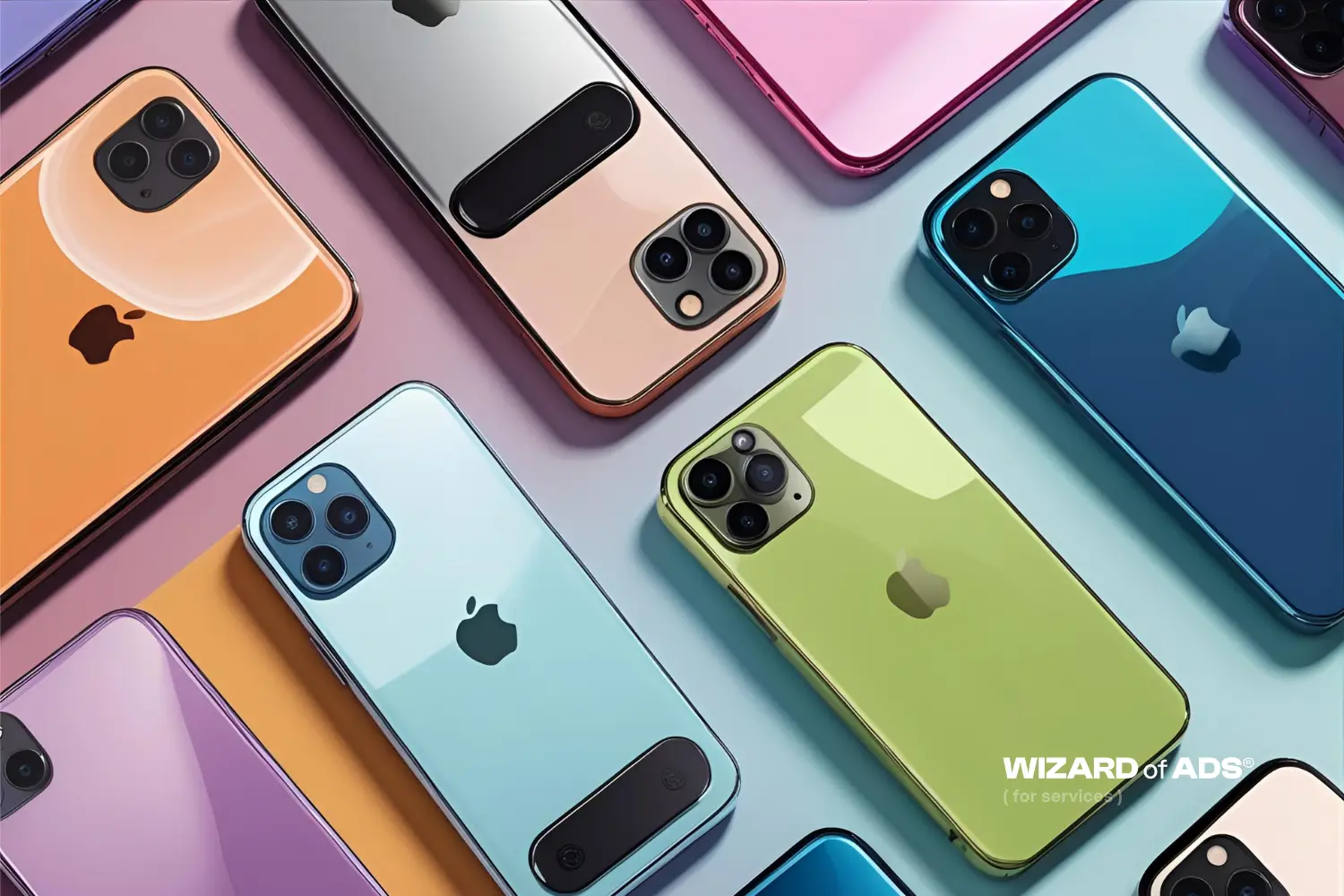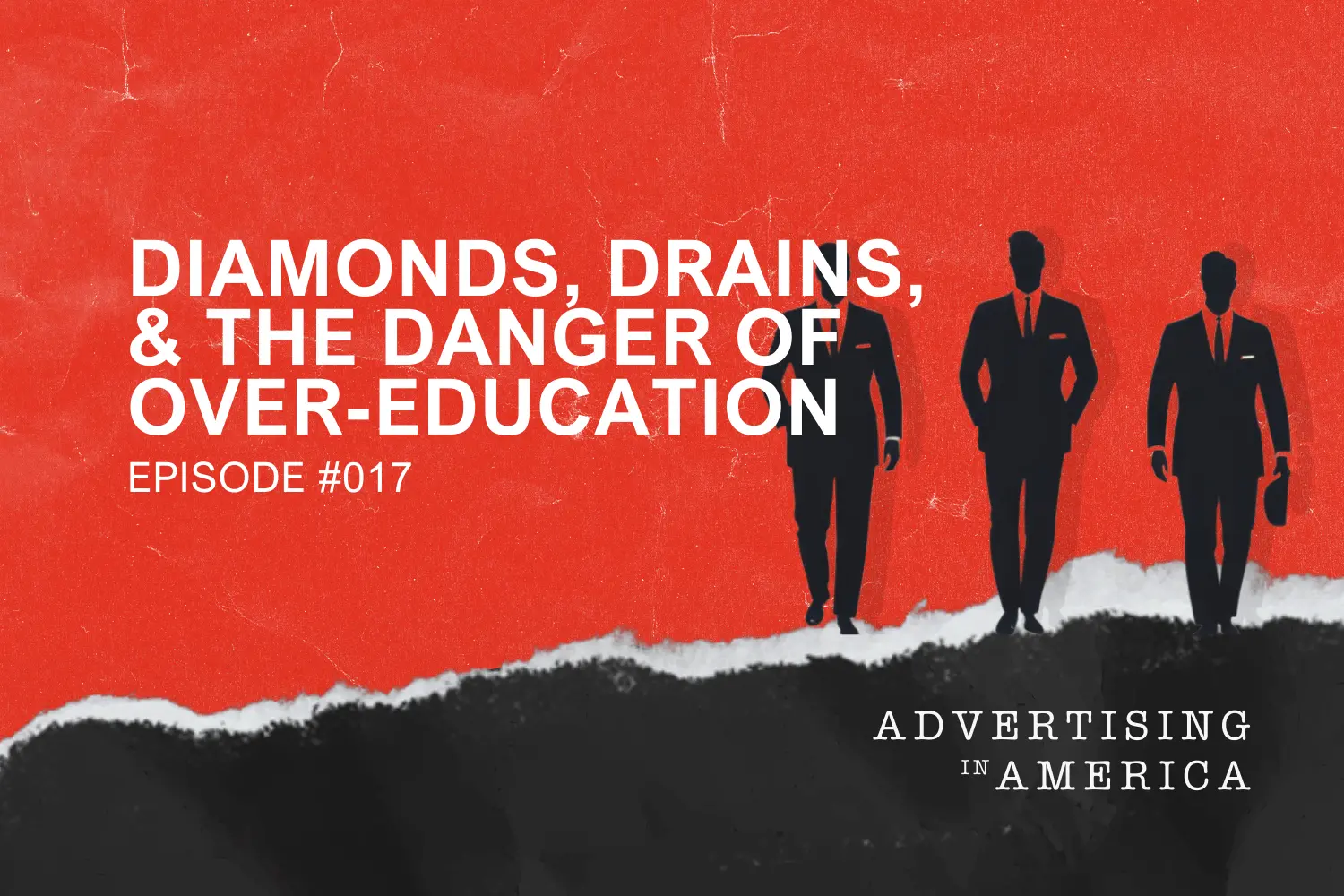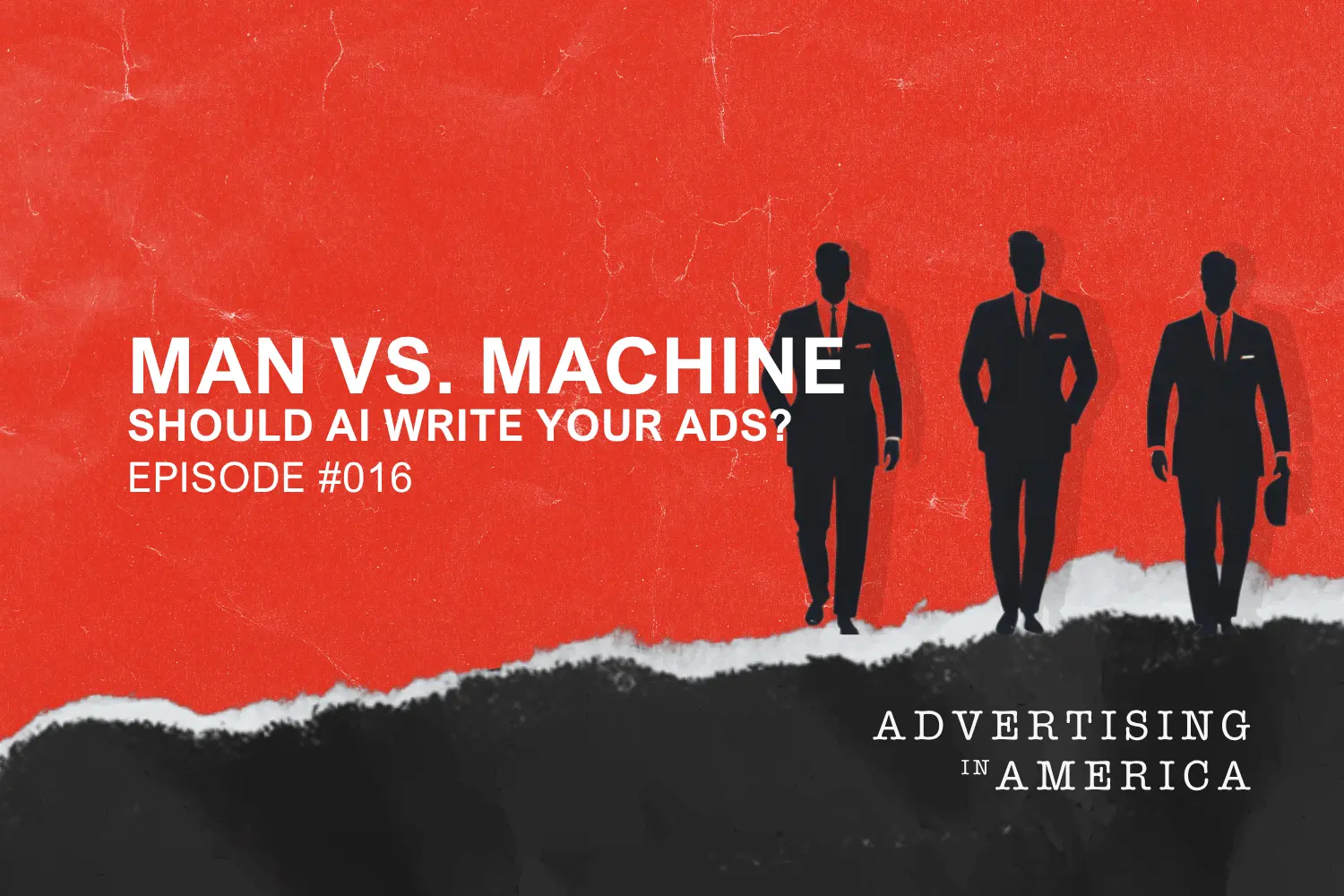
A parody is an imitation that uses exaggeration for comedic effect.
Nothing is safe from a parody if it becomes popular enough… People, movies, events, songs, art, books, pop culture, etc.
The point of the parody is to make fun of the subject using satire, irony, and hyperbole.
Weird Al is one of the best-known parody-makers. As was Mel Brooks. A lot of comedians use this technique. Comedy movies that use parody become cult classics, like Spaceballs, Blazing Saddles, Airplane!, Monty Python’s Holy Grail, Austin Powers, Borat, Shaun of the Dead, Cabin In The Woods, This Is Spinal Tap, Best In Show, etc.
(Here’s a list of must-see parody movies for any comedy fan worth their salt.)
Saturday Night Live has used this technique for years with their parody commercials.
One of the best known being the Love Toilet:
https://www.youtube.com/watch?v=avb1XbO0EIs
The setup leads us to think it might be a jewelry commercial because it uses all the same elements as every other jewelry commercial. Romantic music, an in-love couple doing 'couple things', and a smooth voiceover about how in love they are. Is he going to buy her a diamond? No sir. He’s going to get her something that’s even more intimate...
Parody is a common tool used in comedy because it frickin’ works. Its power comes from using these two techniques. If a parody lacks either of these, it’s dead in the water.
1. Inside jokes
Great parodies don’t spell it out for the audience about what it is they’re parodying. They leave it up to the audience to get the joke.
If the parody is close enough in style and makes enough familiar-sounding references to the original, it becomes an inside joke between the audience and the performer (or ad, song, etc.)
Inside jokes are one of the quickest shortcuts to bonding with your audience. They’re like a secret handshake between you and the tribe.
If you know the handshake, you’re in the club, and you belong. (I’ll go into more detail on the power of inside jokes in a future post.)
2. Emotional persuasion
Parody doesn’t rely on logic or facts. Parody relies on emotions.
Roy H. Williams often says, “Win the heart and the mind will follow.”
What he means is that when you’ve won someone over emotionally, they will always find a way to justify their decisions with logic.
Parody relies on appealing to emotions instead of using logic, in order to persuade people to accept the parody’s point of view.
And what better way to convince people they like you than to make them laugh? Science has proven over and over again that laughter equals likability, trust, and bonding.
3. Relevance
For the parody to work, it has to be relevant to the point the parody is trying to convey.
If the humor isn’t tied to the message; if you can’t talk about one without talking about the other, then any attempts at persuasion will be short-lived and not very memorable.
“Never use humor that doesn’t reinforce the principal point of your ad. Here’s the litmus test: If remembering the humor forces you to recall the message of the ad, the humor is motivated. Good job. But if recalling the humor doesn’t put you in memory of the ad’s main point, the humor is unmotivated and will make your ad less effective. Sure, people will like the ad. They just won’t buy what you’re selling.” - Roy H. Williams
How can you use parody in your advertising?
Here are three real-world examples of parody ads that got a LOT of attention:
FurKids Kitty Kommercial
https://www.youtube.com/watch?v=-F_8qaQ3DD0
This low-budget ad for an Atlanta animal shelter went viral thanks to its comedic chops.
The black and white intro parodies those cheesy infomercials we’ve all been subjected to.

Except it’s a little… off. We notice the goldfish in question is a simple line drawing on the side of a tank. That subtle setup alludes that this might not be your typical infomercial.
Cut to (in my opinion) the funniest part of this ad: a girl in the background doing an Oscar-worthy impression of those arm-waving inflatable tube-thingies you see at car dealerships. They’re poking fun at just how low-budget this commercial is. Right off the bat, they let you know, that they know, that you know… this was made on the cheap.
(Sidebar: This is another technique used in comedy. When there is a glaringly obvious flaw, like how cheap this commercial looks, it’s better to address it before the audience does. When you joke about your flaws, it disarms the audience and gets them back on your side. People like to reference B-Rabbit’s final rap battle in 8 Mile as a great example of this. We’ll cover this technique in a future post, because it’s very important.)
So back to arm-waving inflatable tube-girl. We’ve all seen those things at car lots, so how does our host talk to us? In the stereotypical spiel of every used car dealer ad.
Except it’s a little ...off, again. Because he’s not offering cars, he’s offering cats.
“Come see our fine selection of quality cats.”
“2016 models are compatible with windows.”
“Ask about our exclusive models available only through certified FurKids stores.”
These are all familiar phrases we’ve heard in car dealership ads.
(Another sidebar: That “tree kitty” line is a reference to a then-popular meme - “I need about tree-fiddy.” The people who got that unexplained reference felt like they were in on the joke, and therefore more connected to the ad. Inside jokes, people.)
Anywho... the cherry on top is when he parodies the Sarah McLachlan “Arms Of An Angel” song, with spectacularly-on-purpose-under-par guitar and vocals.
Instead of black and white slow-motion shots of shivering and neglected pets with sad eyes, we get color shots of happy kitties.
And even though we know exactly which gut-wrenching ad he’s referencing, we still find it cute. We can actually sit through it without screaming “I CAN’T WATCH THIS” and turning it off. (Don’t lie, you do it too.)
With over 5.6 million views, you can’t go wrong with this adorably funny parody.
Ikea’s “Experience the power of a bookbook” ad.
https://www.youtube.com/watch?v=MOXQo7nURs0
It looks and sounds exactly like an Apple ad, but it's for Ikea’s product catalog.
Instead of creating their own ad from scrap, Ikea took an idea that had already been proven to work and pivoted.
That’s the thing about most successful parodies - the thing they’re parodying is already popular.
Because parodies only work if you get the references to what they’re imitating.
Ikea’s parody worked because everyone knew what Apple’s commercials looked and sounded like.
These four lines from the ad are ones to pay attention to:
- “The first thing to note is no cables. Not even a power cable… The 2015 Ikea catalog comes fully charged, and the battery life is eternal.”
- “The interface is 7.5 by 8 inches, but can expand to 15 by 8 inches.”
- “Content comes pre-installed, via 328 high definition pages of inspiring home furnishing ideas.”
- “At Ikea, we feel that technology this life-enhancing should be in the hands of everyone. So the 2015 Ikea catalog is free.”
Why these lines? Because these four lines are the only concrete facts stated in the entire two-and-a-half-minute ad.
- It’s a 2015 catalog
- the size dimensions
- the number of pages
- the price - free.
Sure they show you some of the pages as well, but actually, this ad is not about features. It’s about emotions.
It combines the clean, optimistic, and futuristic emotions of an Apple ad, while at the same time incorporating wry comedy. Comedy that works, because they’re presenting a simple furniture catalog as if it were an ultra-hyped expensive laptop.
This ad has over 19 million views on YouTube (and 700,000 views within one day of posting.)
“Luxury Defined” ‘96 Nissan Ad
https://www.youtube.com/watch?v=Fr6FklMc6B0
When you need to offload an old POS, there’s no better way to do it than with an over-the-top ad.
Almost everyone else sells their used cars the same way (“Please buy it from me? I promise it’s not that bad!”)
But to advertise a used car the same way luxury car brands advertise theirs, it turns heads. (Over 2.6 million heads, says YouTube.)
The attention to detail is... *MUAH* (That’s me doing that Italian chef kiss thing with my hand.)
From the dramatic cello music, to vintage black and white shots of bridges and steel, to the pompous British voiceover (“The most iconic monuments always seem to be those that stand the test of time… the structures that weathered the years…. those that stood through wars and depression, and today still stand impressive…”) You think you’re actually seeing a new luxury car commercial.
He builds the tension for twenty seconds before revealing the twist… that this is an ad for a seventeen-year-old-worn-out car.
Then he juxtaposes the dramatic music, low-light quick-cuts, and voiceover with shots of torn-up seats and a tied-down hood.
Notice again how there are very few product facts in this ad. What do we really know about the car, other than we love it? We know it’s a seventeen-year-old sports sedan, “with an engine, wheels, tires, and an automatic transmission.”
Yet 2.6 million people were captivated enough to watch this ad for a full minute.
It even captivated Nissan, who actually bought the car and donated a thousand bucks to the charity of the ad-makers choice.
How can you use parodies in your advertising?
1. One way to start is by listing the stereotypes and cliches often found in your business or industry. Is there something you could make fun of there?
Are there any flaws in your industry or business that you’re afraid to talk about? Time to get ahead of them before your audience or your competition does.
Speaking of your competition, do they have flaws that you don’t? A great way to highlight them without smearing them is through parody.
A good place to find ideas for these flaws, stereotypes, and cliches is in memes. Memes are the currency of the internet, and if you want to know what people are joking about, you go to the memes.
2. Much like Ikea did with their catalog ad, is there a current popular or proven trend, style, movement, etc. going on that you could reference?3. Similes are a helpful nudge into finding something parody-worthy. What are the elements of your business “like?” What are various points of the client experience "like?" Are there elements of the client experience that are similar to different, seemingly unrelated things?4. Watch other parodies. SNL has a ton for you to take notes on.
Tech
https://www.youtube.com/watch?v=YvT_gqs5ETk
Household
https://www.youtube.com/watch?v=vZRzJJcq6Rs
Food
https://www.youtube.com/watch?v=-SmUVySf85s
Health
https://www.youtube.com/watch?v=5IZrYeUX3MI
Toys
https://www.youtube.com/watch?v=EYyuo7gm-aQThe best thing you can do to improve your use of parodies is to study how others do it. Or you could just call us at the Wizard of Ads™. We study this stuff so you don't have to. Parody a bit too cheeky for you? Try Juxtaposition.

